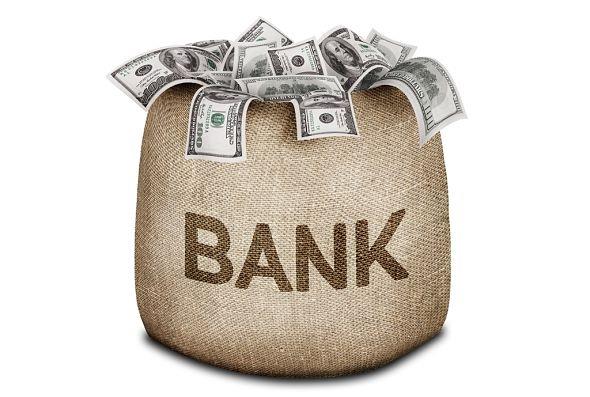Has Armenia become rich?
The year 2015 has finished and it is high time to sum up the results from the point of view of economic processes. Has this year been successful? There are different answers to this question, depending on respondents.
According to the country’s authorities, things are not that bad. The year 2015 is likely to finish with economic growth amounting to 3.5%. Though 2015 state budget envisaged higher index, 3,5% is a real heroism in the present day situation. The outer world’s negative impact (first of all of Russia) seriously hampered the economic growth in Armenia. For example, a sharp drop of oil prices and sanctions against Russia will obviously result in economic recession by 4-4, 5 % in Russia by the end of the year.
Consequently. Armenia feels the influence of this process. For example, in January-October this year, private money transfers from Russia reduced by over US$500 million as compared with the same period of the last year.
Foreign trade turnover with Russia dropped by 14,8% and totaled US$989,9 million. It should be noted that decline of the rate of export to Russia (approx. US$30 million) exceeds twice the import rate drop.
In January-October 2015, the volume of foreign trade of the Republic of Armenia reduced by over 20% as compared with the same period of the last year and totaled US$3,9 billion. At the same time, import decreased by 26,6% and totaled US$2 billion 677,5 million.
In January-October 2015, the negative trading balance totaled US$1 billion 454 million. On one hand, reduction of import improves our foreign trade balance, on the other hand, decreases taxes from import, transferred to the budget. This also testifies to reduction of the Armenian population’s spending capacity.
According to the official statistics, the population’s spending capacity increased within a year. Armenian Prime Minister, Hovik Abrahamyan noted during voting for the draft state budget in the National Assembly, that in September 2015, the average nominal wage totaled approximately AMD185 thousand (approx. US$380) that is by 7,2% more as compared with the same period of the last year, while price growth totaled 4.7% during the same period.
What they want to say is that a salary was growing quicker than prices and that means that life in Armenia has become cheaper (of course, according to the official statistics). Moreover, at the end of 2015, a poverty index as of the end of 2014 was made public. It turned out that the number of underprivileged people in our country reduced from 32% to 30% during 2014.
It certainly brings joy. But we should anyway remember that according to these data, there are 900 thousand needy people and 70 thousand people on the verge of poverty in Armenia. Number of very poor people increased by 0.7% or approximately by 20 thousand people.
It should be noted that polarization of income and consumption deepened. It means that rich people become richer and poor people become poorer.

Let’s refer to more pleasant themes. In the end, economic growth is expected. At what expense will it be reached? Officials of the economic bloc do not like this question because the agriculture ensured the economic growth.
In January-October 2015, the productivity of agricultural branch increased by 11,6%. Growth is a very good thing. Let’s remember what economy we wanted to have. Did we want to have agrarian economy? It was announced in due time that economy was to be innovative, based on knowledge. It turned out that we grow tomatoes using innovative methods and deep knowledge.
It is fair to say that mining industry also promoted economic growth. In January-October 2015, a 4,6% growth, including in the mining industry, was observed in the industry sphere. It should be noted that in 2015, metal prices reduced: for example, the copper price dropped by approximately 25%. Thus, a growth in mining industry means that we have exploited the bowels of Armenia’s earth more intensively this year.
According to the statistical data, foreign investment inflow increased in 2015. In January-October 2015, a volume of foreign investments in a real sector of Armenia’s economy totaled AMD141.5 billion, that is approx. US$300 million. The index increased by US$80 million or by 27,5% as compared with the same period of the last year. Including, direct investments inflow increased by US$37 million (or by 16,7%) and totaled US$257 million. Increase of investment inflow is mainly linked to the mining industry and investments into related branches.
The year has been also marked with several huge economic transactions. Perhaps, a sale of Electric Grids of Armenia to Tashir company, owned by entrepreneur Samvel Karapetyan, residing in Russia, was one of the most important deals. This news was officially announced on September 30. It is rather strange that a name of off-shore company Liormand Holdings Limited figured in official documents as a purchaser ahead of making a deal. By the way, prices for electric power increased before the deal despite the nation’s protest and struggle against increase of the tariff.
A purchase of the cellular communication operator was also one of the most important deals of the year. Orange Armenia from Ucom side. The companies announced officially about the talks on July 22. The Public Services Regulating Commission of AR approved the deal on alienation on August 20. French Orange has left Armenia, but Orange brand will be maintained for a certain period of time.
Two transactions were made in the banking sphere at the end of the year. It was announced on December 8 that BTA Bank (Armenia) working with Kazakh capital merges with ARMECONOMBANK. The next day, the reports that local Inecobank purchases ProCredit Bank, working with the German capital, was confirmed.
Judging from these deals we can say that foreign capital left Armenia, being replaced by Armenian capital or capital of Armenian origin. It is hard to say, whether it is good or bad.


















